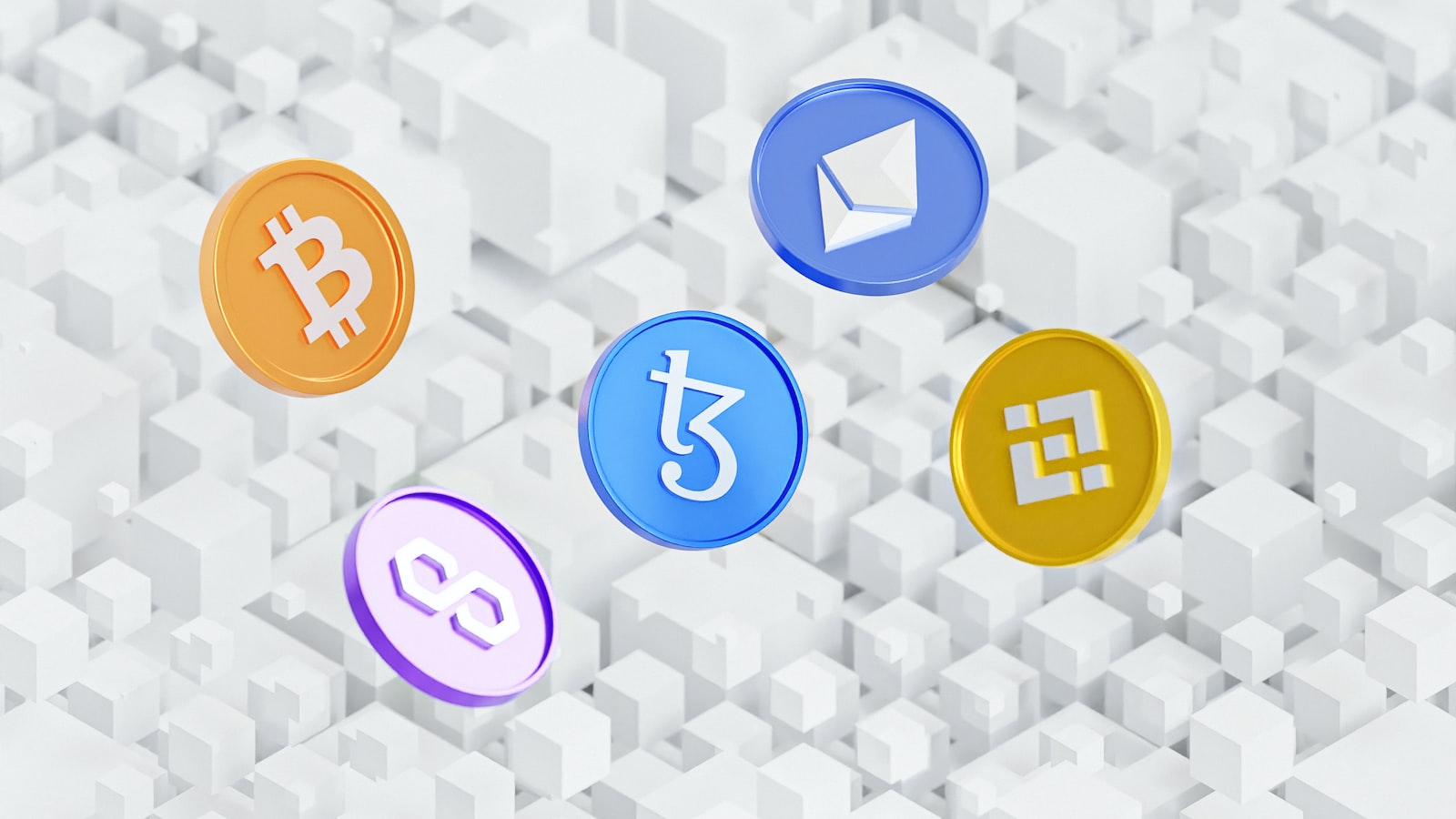Litecoin Mining: Navigating the Proof-of-Work Algorithm
Since its introduction in 2011, Litecoin has emerged as one of the leading cryptocurrencies in the market. Developed as a peer-to-peer digital currency, Litecoin operates on a decentralized network that allows for secure and instant transactions. However, what sets Litecoin apart from other cryptocurrencies is its unique mining process, known as Proof-of-Work (PoW). In this article, we will explore the intricacies of Litecoin mining and how to navigate its PoW algorithm.
The Proof-of-Work algorithm is the backbone of Litecoin’s security and integrity. In simple terms, mining involves solving complex mathematical problems that validate and confirm transactions on the blockchain network. Miners essentially compete against each other to solve these computational puzzles, with the first miner to solve it getting the opportunity to add the next block to the blockchain.
Litecoin utilizes the Scrypt PoW algorithm, which is specifically designed to resist ASIC (Application-Specific Integrated Circuit) miners, making it more accessible to individual miners using consumer-grade hardware. This approach aims to maintain decentralization and prevent mining dominance by specialized hardware manufacturers. Scrypt requires a significant amount of memory rather than raw computational power, thus allowing regular computer CPUs or GPUs to be used efficiently.
To begin Litecoin mining, one needs to set up a mining rig consisting of a powerful computer with multiple GPUs, a stable internet connection, and mining software. The choice of mining software depends on the miner’s preference, with options like CGMiner, BFGMiner, and EasyMiner being popular choices. Once the software is installed, it is necessary to join a mining pool or mine solo.
Mining pools are groups of individual miners who collaborate and combine their resources to enhance their mining capabilities collectively. By joining a mining pool, miners have a higher chance of successfully solving the computational puzzle, and the rewards are distributed among all participants based on their contribution. Joining a mining pool also ensures a more consistent income stream for miners, as mining solo may result in sporadic rewards.
Litecoin mining pools typically charge a small fee for their services, usually a percentage of the miner’s earnings. It is crucial to research and choose a reliable and transparent mining pool to ensure a fair distribution of rewards.
Once everything is set up, miners can embark on the process of mining Litecoins. The mining software communicates with the mining pool’s server, receiving mining jobs that include multiple transactions to verify. Miners then use their computing power to solve these mathematical problems, searching for a specific hash value that meets the network’s predefined criteria. Upon finding a valid solution, the miner broadcasts it to the network, and if it is accepted, the miner is rewarded with a certain number of Litecoins.
However, it is important to note that Litecoin mining is not a guaranteed way to make quick profits. The mining process has become increasingly competitive over the years, requiring more advanced hardware and consuming a significant amount of electricity. Miners must carefully assess the costs involved, such as electricity expenses and hardware maintenance, to calculate their potential profitability accurately.
Moreover, as with any investment, mining also carries certain risks. Fluctuations in Litecoin’s value, regulatory changes, or the emergence of more efficient mining technologies can impact a miner’s profitability and overall viability. It is crucial for miners to stay updated with the latest industry trends, regulations, and technological advancements to make informed decisions.
In conclusion, Litecoin mining offers an opportunity to secure transactions on the Litecoin network and earn Litecoins as a reward. Navigating the Proof-of-Work algorithm involves setting up a mining rig, joining a mining pool, and using mining software to solve complex mathematical puzzles. However, miners must carefully consider the costs, risks, and market conditions to ensure a successful and sustainable mining operation.







